Why Custom Portraits Were So Popular Among Royalty and Nobility
Author:
GeorgeUpdated:
01.10.2025
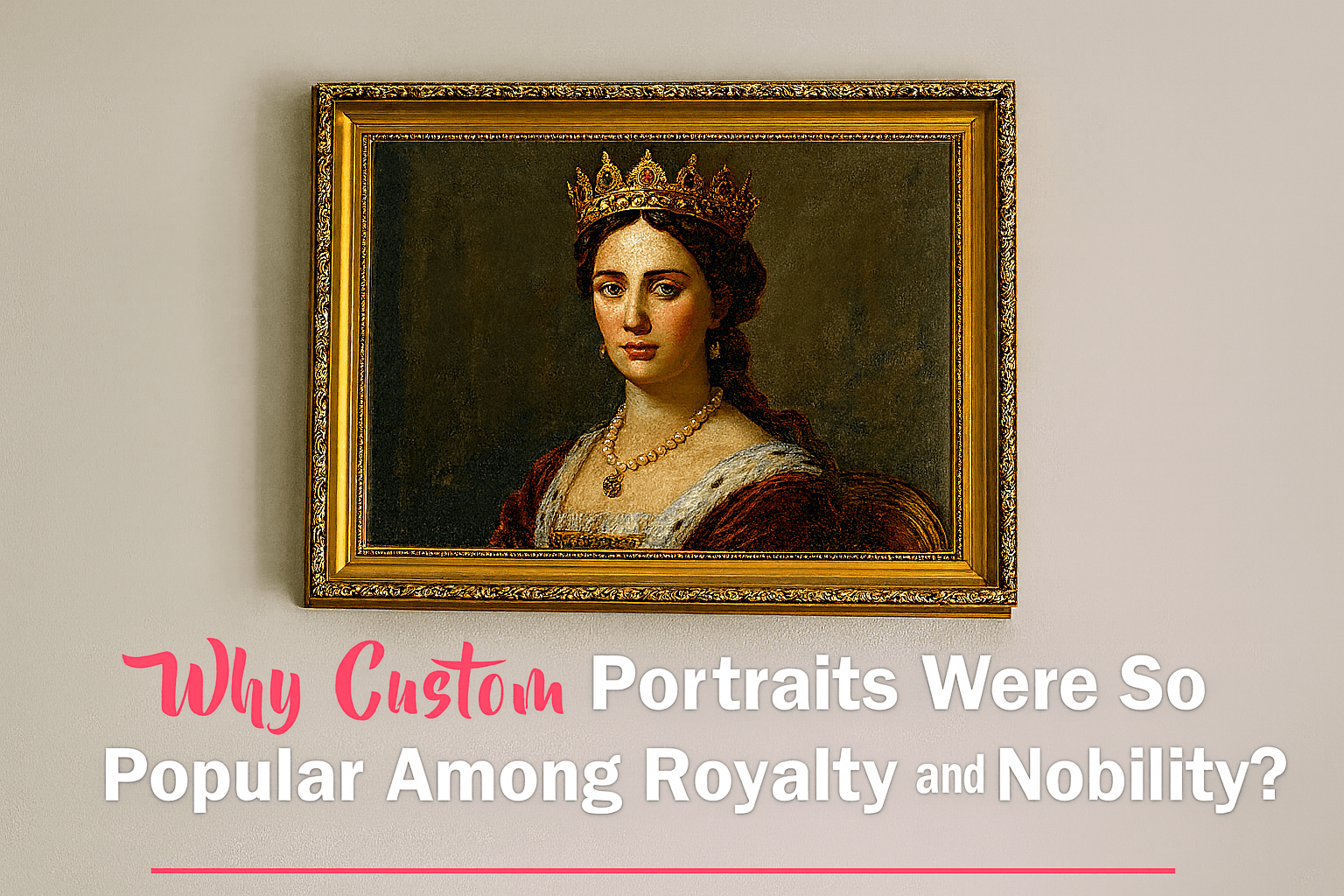

- The Origins of Royal Portraiture
- 1.Ancient Egypt
- 2.Greece and Rome
- 3.The Medieval Period
- 4.The Renaissance Shift
- 1.
- Preserving Family Lineage and Heritage
- 5.Dynasties and Legacy
- 6.Display in Estates and Palaces
- 5.
- Portraits as Symbols of Power and Prestige
- Diplomacy, Marriage, and Alliances
- 7.Anne of Cleves and Henry VIII
- 8.Diplomatic Gifts
- 7.
- Shaping Public Perception
- 9.Controlling Reputation
- 10.Rebuilding Damaged Images
- 11.Political Messaging
- 9.
- Evolution Of Style Over The Centuries
- 12.The Renaissance
- 13.The Baroque Era
- 14.The 18th And 19th Centuries
- 15.Photography And Modern Portraits
- 12.
- Why Custom Portraits Mattered To Nobility
- The Enduring Tradition
For centuries, rulers faced the same challenge: how to be remembered as powerful, legitimate, and admired long after their reign. Without the media we know today, monarchs and nobles had few tools to control their image.
This created a problem. A king’s authority could be questioned, a queen’s reputation could be tarnished, and dynasties could lose their grip if they were not seen as strong, wealthy, and divine. Word of mouth was not enough. They needed a way to project power that lasted.
The solution came in the form of custom portraits. More than just art, these paintings became tools of propaganda, marriage diplomacy, and family record-keeping. They were not simply about appearance. They were about shaping history, preserving legacy, and ensuring that nobility looked as commanding on canvas as they did in life.
“Portraiture has long been a language of power — a way for those in authority to make their image speak for them across time.” — from Portraits of Power, Andrew Graham-Dixon.
The Origins of Royal Portraiture
Ancient Egypt
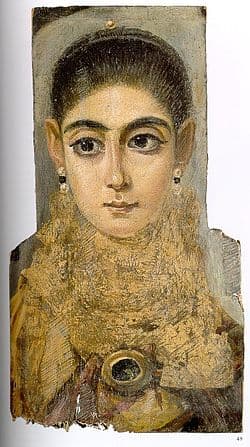
In ancient Egypt, rulers commissioned portraits not only to capture their likeness but also to present themselves as divine figures with eternal authority. The famous Fayum mummy portraits, painted on wooden panels, are some of the oldest surviving examples, showing elite individuals preserved with lifelike features.
Greece and Rome
In Greek and Roman societies, portraits became more realistic. Emperors and noble families used busts, mosaics, and painted images to legitimize their power and remind people of their dominance. These artworks often emphasized strength, wisdom, and leadership qualities.
The Medieval Period
During the medieval era, portraits were less about realism and more about symbolism. Monarchs were shown in coronation poses, wearing crowns and holding scepters, highlighting their divine right to rule. Faces were often simplified or idealized to reflect authority rather than individuality.
The Renaissance Shift
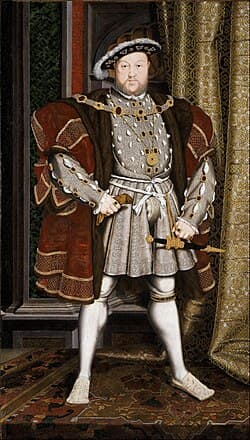
By the time the Renaissance began, portraiture started to move toward humanism. Artists like Hans Holbein the Younger captured rulers such as Henry VIII with both grandeur and realism. This marked a turning point where royal portraits became tools of politics and image-making as well as art.
Many of these portraits were created in oil, a medium that allowed artists to capture richer colors, finer detail, and more lifelike textures.
Preserving Family Lineage and Heritage
Before photography, portraits were one of the only ways to preserve a family’s image. Monarchs and noble families commissioned artworks that acted as visual records of ancestry, ensuring that their bloodlines were documented for future generations.
Dynasties and Legacy
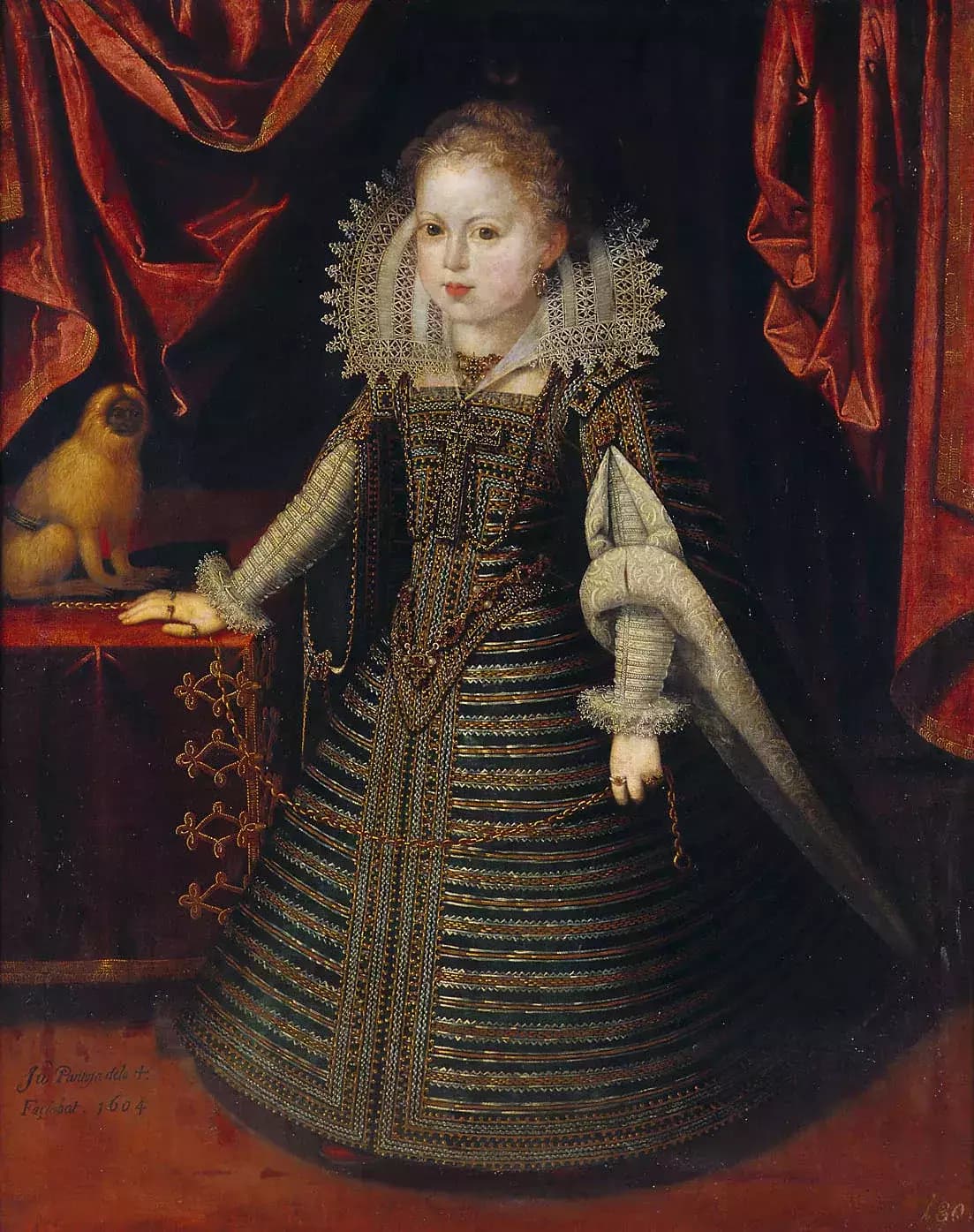
Powerful dynasties such as the Habsburgs and the Medici family relied heavily on portraiture. The Habsburgs used paintings to emphasize their royal claims and alliances across Europe, while the Medici family of Florence commissioned artists like Bronzino and Raphael to immortalize their rising influence.
Display in Estates and Palaces
These portraits were prominently displayed in castles, estates, and palaces, forming continuous timelines of family heritage. Guests and subjects who entered these spaces were reminded of the family’s longevity, strength, and legitimacy.
Portraits as Symbols of Power and Prestige
Royal portraits were designed to project authority and status. Kings and queens appeared in elaborate robes, crowns, and jewelry, surrounded by thrones or grand settings. These visual cues acted as propaganda, reminding both allies and subjects of the ruler’s wealth and power.
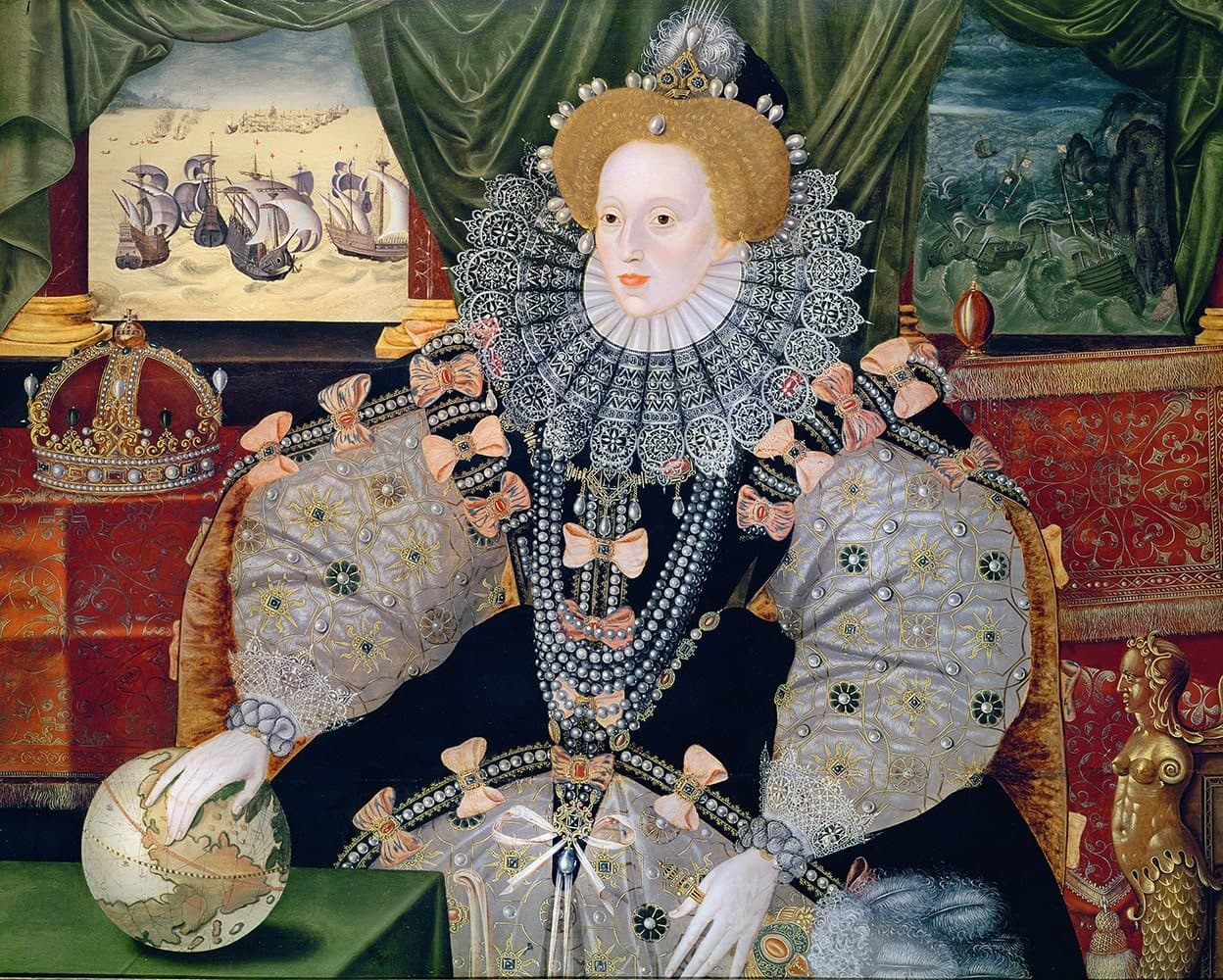
Iconic Examples
- Elizabeth I’s Armada Portrait showcased her as a victorious monarch, with symbols of England’s naval power in the background.
- Louis XIV of France, known as the “Sun King,” was painted in coronation robes and lavish surroundings to reinforce his absolute rule.
- Artists such as Hans Holbein the Younger and Hyacinthe Rigaud became famous for capturing the majesty of their royal patrons.
These portraits were not meant to be fleeting. They were carefully staged to create a lasting image of authority that could outlive the ruler. In doing so, portraits became symbols of divine right, stability, and dominance, strengthening the monarchy’s position in the eyes of the public.
Diplomacy, Marriage, and Alliances
Among European nobility, arranged marriages were common, and portraits often acted as introductions between potential spouses. A painted likeness could travel across borders long before the royal bride or groom ever met in person.
Anne of Cleves and Henry VIII
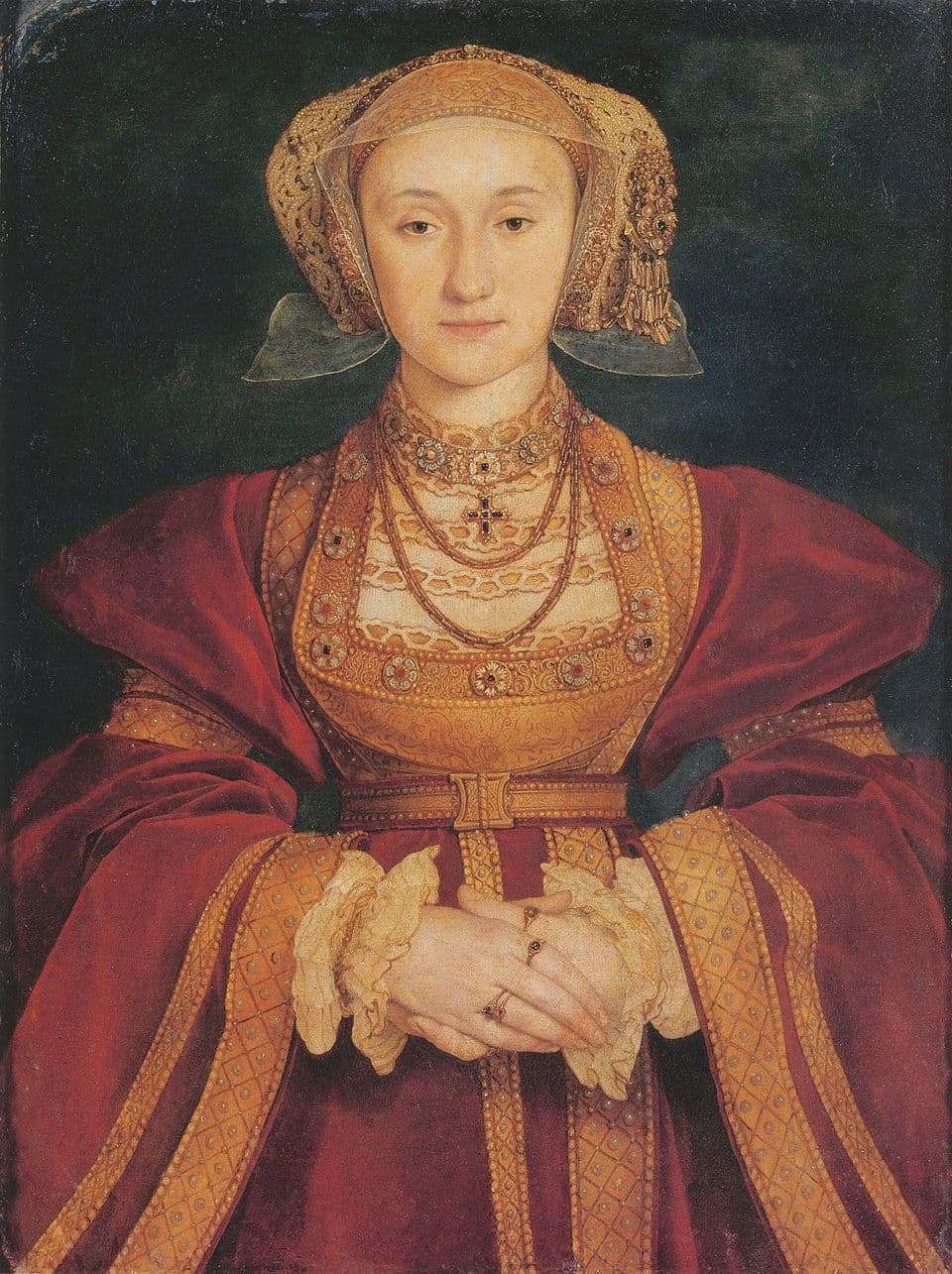
One of the most famous cases was the portrait of Anne of Cleves, painted by Hans Holbein the Younger. King Henry VIII relied on this image when considering Anne as his fourth wife. The painting presented her as a suitable match, but Henry later complained that the portrait was more flattering than reality. Despite the outcome, the example shows how influential portraits were in diplomatic negotiations.
Diplomatic Gifts
Portraits were also exchanged as diplomatic gifts, strengthening ties between ruling families. By commissioning and sending these works, monarchs signaled respect, trust, and a willingness to build alliances. These exchanges helped reinforce bonds between powerful dynasties and often accompanied treaties or political agreements.
Shaping Public Perception
Controlling Reputation
Royal portraits were not only symbols of wealth and power. They were also tools for controlling how rulers were seen by the public. Artists were often instructed to downplay flaws, enhance virtues, and present monarchs as wise, pure, or divinely chosen.
Rebuilding Damaged Images
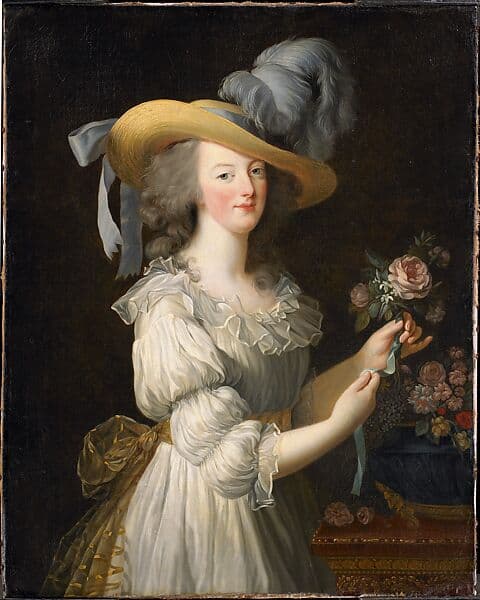
Portraits could repair reputations during times of scandal or unrest. For example, Marie Antoinette faced criticism for her spending and lifestyle. To soften her image, Élisabeth Vigée Le Brun painted her with her children in a warm, family-centered composition. This was designed to show her as a devoted mother rather than an extravagant queen.
Political Messaging
Portraits also carried hidden political meanings. Elizabeth I’s Armada Portrait emphasized England’s naval victory over Spain, with the queen posed confidently among symbols of triumph. These visual messages helped reassure subjects of their ruler’s strength while reminding rivals of the monarchy’s dominance.
Evolution Of Style Over The Centuries
The Renaissance
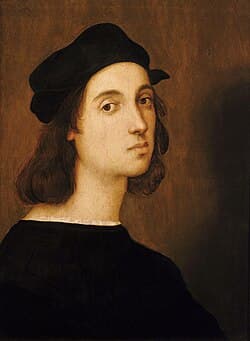
During the Renaissance, portraiture embraced realism and humanism. Artists like Hans Holbein the Younger, Raphael, and Titian highlighted lifelike expressions and fine details. Monarchs were still shown with grandeur, but the focus on individuality marked a shift toward portraying rulers as both powerful and human.
The Baroque Era
The Baroque period introduced drama and spectacle. Painters such as Hyacinthe Rigaud and Peter Paul Rubens emphasized bold colors, rich fabrics, and theatrical settings. Portraits were filled with symbols of dominance, showing rulers as almost larger-than-life figures.
The 18th And 19th Centuries
Portraits became softer and more romanticized. Artists like Thomas Gainsborough and Franz Xaver Winterhalter captured nobility with elegance and emotion, moving away from rigid poses. These works still conveyed refinement but added warmth and personality.
Photography And Modern Portraits
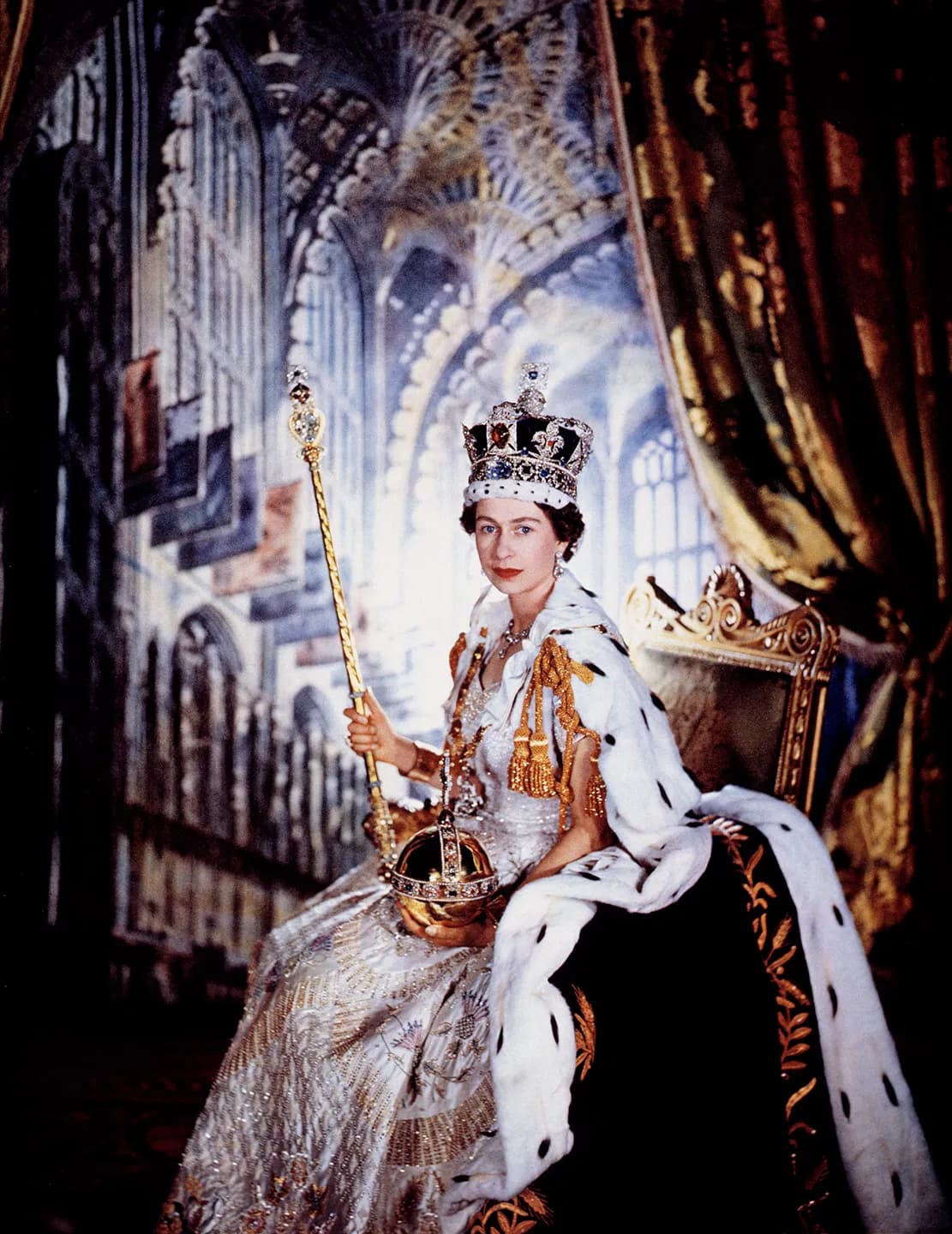
The invention of photography in the 19th century changed portraiture forever. Royal families adapted quickly, using photographs for both official occasions and more candid, relatable images. Later, artists continued the tradition of painted portraits, blending classic techniques with modern styles, as seen in depictions of Queen Elizabeth II and King Charles III.
Why Custom Portraits Mattered To Nobility
For nobility, portraits were never just decoration. They served as essential tools for shaping how rulers and their families were remembered. A well-crafted portrait could reinforce the idea of divine right, highlight wealth, and project stability at times when political power was fragile.
Custom portraits also preserved family legacies. They created a visual record of lineages, allowing noble houses to display centuries of ancestry within their palaces. These works reminded guests and subjects that the family’s influence was long-standing and unshakable.
Portraits further acted as a form of personal branding. Every detail, from the clothing to the background setting, was carefully chosen to send a message about authority and values. Nobles relied on this art form to ensure that their image would endure, keeping them relevant in the eyes of both contemporaries and future generations.
“Portraiture was not just a glance at the sitter. It was a means to communicate status, power, and legacy through every brushstroke.” - Rudi Ekkart, Dutch art historian.
The Enduring Tradition
Even with the arrival of photography and digital media, the tradition of custom portraits has never disappeared. Royal families still commission paintings to commemorate milestones, continuing a practice that dates back centuries. These works are valued not only for their artistry but also for the way they preserve heritage in a timeless form.
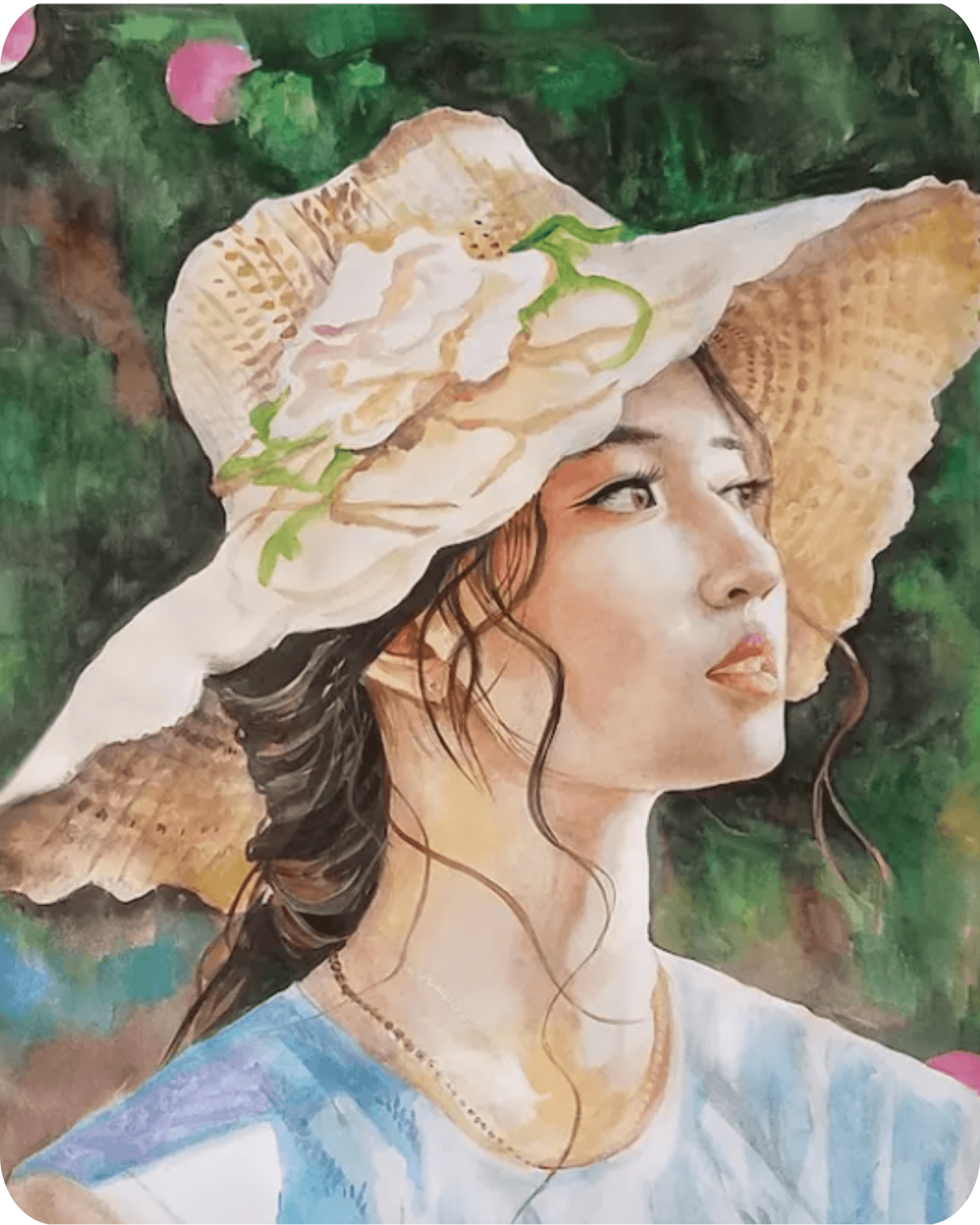
Beyond royalty, portraits remain popular among wealthy families, collectors, and individuals who want to honor their personal legacy. A painted portrait carries a sense of prestige and permanence that a photograph often cannot match. It turns a moment into a statement piece, blending memory with artistry.
Today, this tradition has expanded beyond nobility. Services like Photo2Painting make it possible for anyone to transform their own photos into custom works of art. Just as monarchs once used portraits to preserve their image and legacy, people now commission portraits to celebrate family, milestones, or personal achievements. We keep the centuries-old tradition alive in a modern, accessible way.
Conclusion
Custom portraits were more than artwork. For royalty and nobility, they were powerful instruments of politics, heritage, and self-image. From ancient civilizations to the height of European monarchies, portraits helped rulers project authority, secure alliances, and preserve family legacies for future generations. Even as styles shifted over the centuries, their purpose remained the same - keeping power and prestige visible long after a reign had ended.
Today, custom portraits are no longer reserved for the elite. With services like Photo2Painting, anyone can turn a favorite photo into a timeless work of art. Whether it’s a family portrait, a wedding memory, or even a beloved pet, a custom painting makes any occasion feel special. It’s a simple way to celebrate your story and create something meaningful that lasts for years to come.
Frequently Asked Questions
Why did royals have their portraits painted?
Royals had their portraits painted to project power, preserve their legacy, and control how they were remembered. Portraits acted as political tools, marriage proposals, and public symbols of authority long before photography existed.
What do royal portraits symbolize?
Royal portraits symbolize authority, wealth, and divine right. Every detail, from crowns and robes to background settings, was chosen to emphasize the monarch’s strength, legitimacy, and social status.
Were portraits considered extremely important in early history?
Yes, portraits were extremely important in early history because they were one of the only ways to record rulers and their families. They preserved dynastic lineage, reinforced authority, and allowed nobles to shape how future generations would view them.
Why were portraits important to Elizabeth I?
Portraits were important to Elizabeth I because they reinforced her image as a powerful and divinely chosen queen. The famous Armada Portrait presented her as victorious over Spain, using symbolism to project strength, purity, and control.
Why did portraits become popular?
Portraits became popular because they combined art with status. It allowed monarchs and nobles to display power, wealth, and heritage. As techniques improved during the Renaissance, lifelike depictions became a fashionable way to immortalize rulers and influential families.
Why was portraiture so popular in Tudor England?
Portraiture was popular in Tudor England because it helped rulers like Henry VIII and Elizabeth I promote their authority and manage public perception. Paintings were also used for marriage negotiations, alliances, and to reinforce the dynasty’s legitimacy.
George, CEO of Photo2painting, is a passionate art lover and entrepreneur. He founded Photo2painting.com from scratch, inspired by his artist friends. As the company's CMO, he manages content and marketing.
Excellent Customer Reviews































